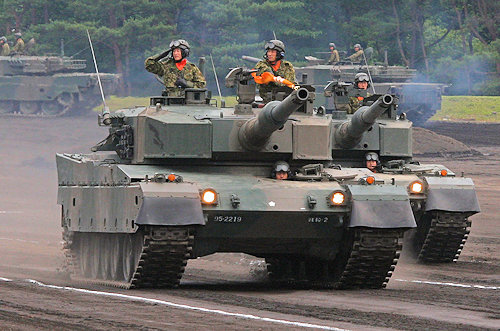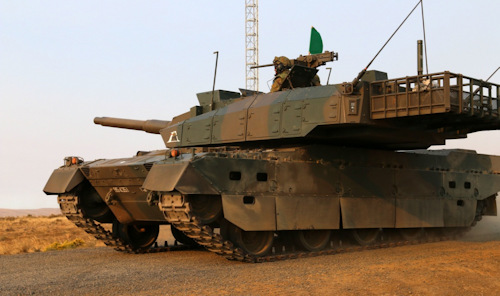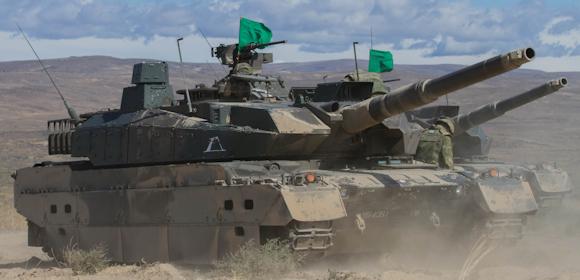Japan's defense policy has undergone a profound change in recent years. The 1991, with the intervention of the American-led coalition against the Iraqi invasion of Kuwait, is certainly a watershed year, as the Tokyo Armed Forces (called Self-Defense Forces) - Japan has a great dependence on crude oil imports coming from the Persian Gulf - they were unable to participate due to a strongly restrictive Constitution regarding the use of the military instrument (limited to self-defense).
This represented a serious humiliation for the Japanese people, pushing the political class to undertake reforms to modify the Constitutional Charter. In addition, Chinese power began to be increasingly aggressive towards neighboring countries while North Korea spent considerable resources on the construction of ballistic missiles.
The current situation sees a strong and constant modernization of the Japanese military apparatus. The Imperial Japanese Army, once not known for having avant-garde weapons, is made up of 150.000 men (with about 50.000 reservists).
 During the Second World War Japan was able to deploy only light tanks, showing many gaps in the armored sector. In the 60 years of the last century he resumed producing tanks with the Type-61 armed with a piece of 90 mm. Later, in the 70 years, the most modern was produced Type-74 with a modern 105 / 51 mm gun, derived from the British L7 (the main feature of this armored vehicle is its hydropneumatic suspension).
During the Second World War Japan was able to deploy only light tanks, showing many gaps in the armored sector. In the 60 years of the last century he resumed producing tanks with the Type-61 armed with a piece of 90 mm. Later, in the 70 years, the most modern was produced Type-74 with a modern 105 / 51 mm gun, derived from the British L7 (the main feature of this armored vehicle is its hydropneumatic suspension).
The 1990 enters service on Type-90 (photo on the right) local copy of Leopard German 2, produced by Mitsubishi is armed with a piece from 120 / 44. The problem with these wagons is that they were too bulky and heavy for Japanese roads and bridges (with great difficulty even for embarking them on the Navy's amphibious units), so much so that they forced the Army to concentrate them on the main island of the Archipelago.
Given these difficulties, the Japanese General Staff decided to design a tank cut for its needs, with lower weight and dimensions than the Type-90, while maintaining the same armament.
The Mitsubishi designers have reduced the number of crew members from 4 to 3 (through the adoption of an automatic cannon loading system), in order to limit the size of the combat chamber, hence the surface to be protected.

The weight of the wagon is 40 tons (which reaches the 48 tons in the most protected configuration), however, thanks to the adoption of composite materials, combined with the use of spaced protections, the Type-10 has a high degree of protection against current countercarrast threats.
The engine delivers a power of 1.300 Hp, with a weight / power ratio of 27 Hp, allowing the vehicle a maximum speed of 70 km / h and an excellent recovery.
The main armament consists of the 120 / 44 mm smooth-bore cannon, however versions with a new 120 / 55 mm piece were also provided.
Entered into service in the 2010, the Type-10 is a small and elusive armored, not easy to hit with a counter-tank missile system, also the active suspensions enhance its mobility qualities on all types of terrain, greatly facilitating transport in amphibious operations.
Photo: US Army / web












